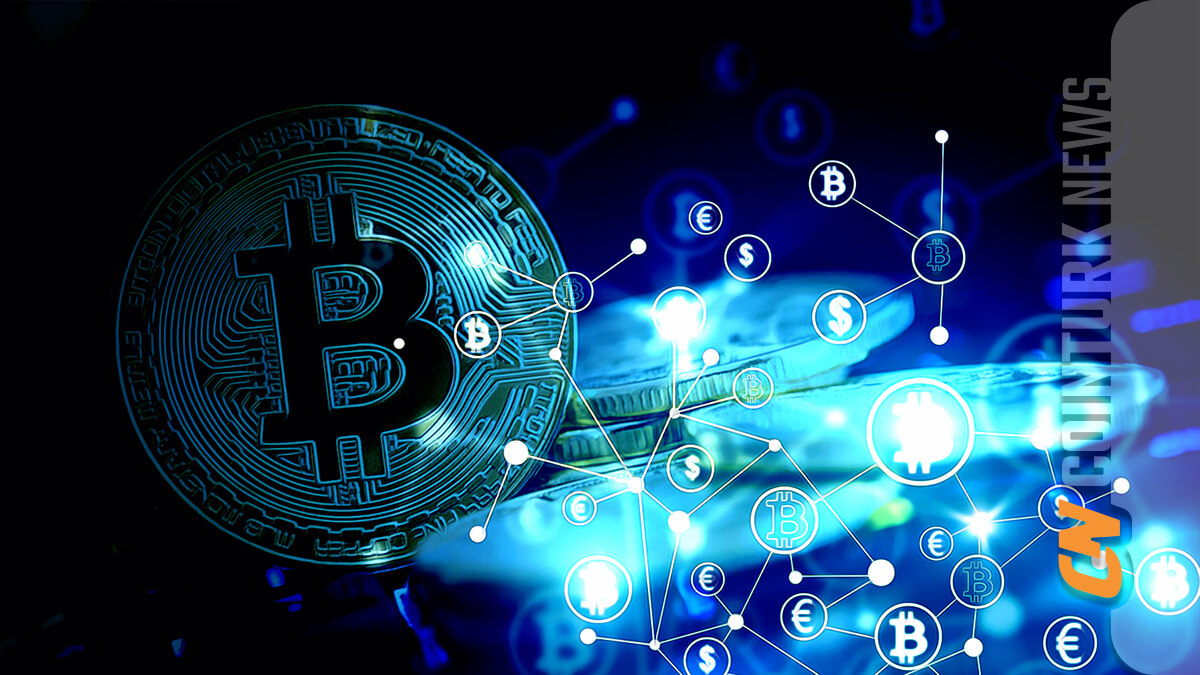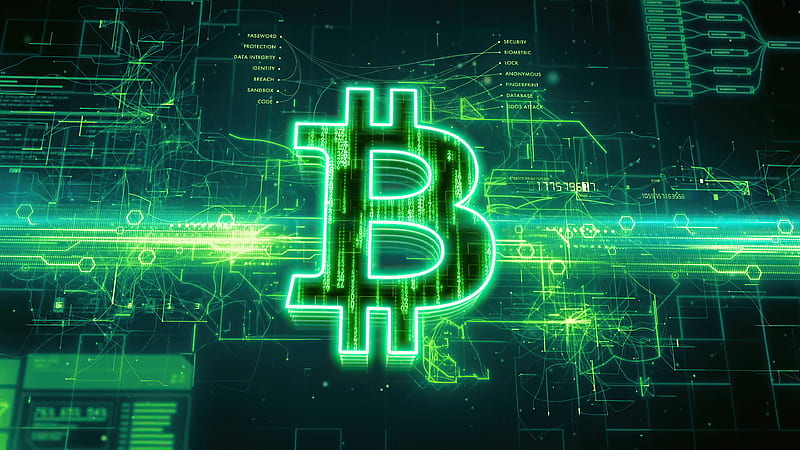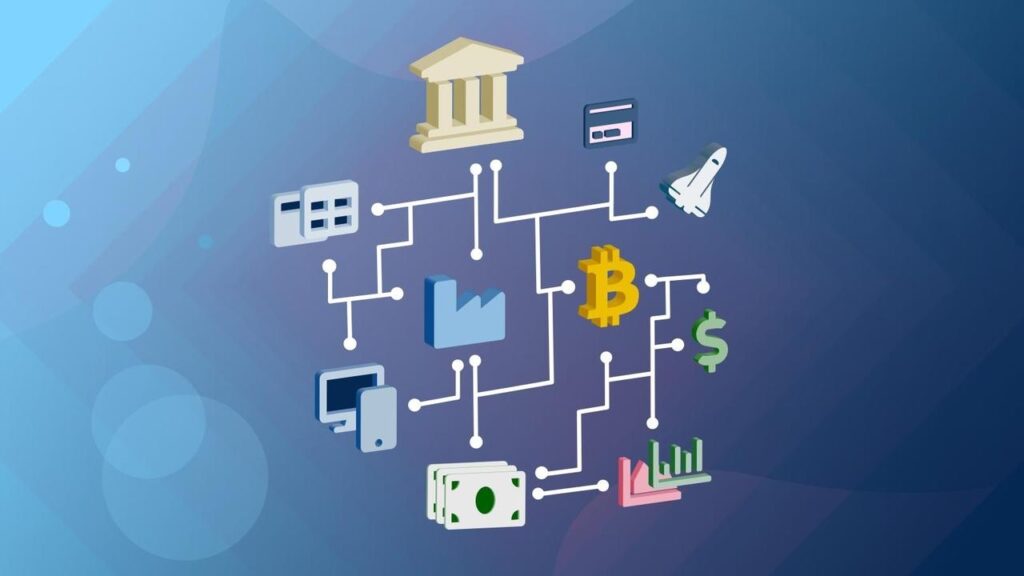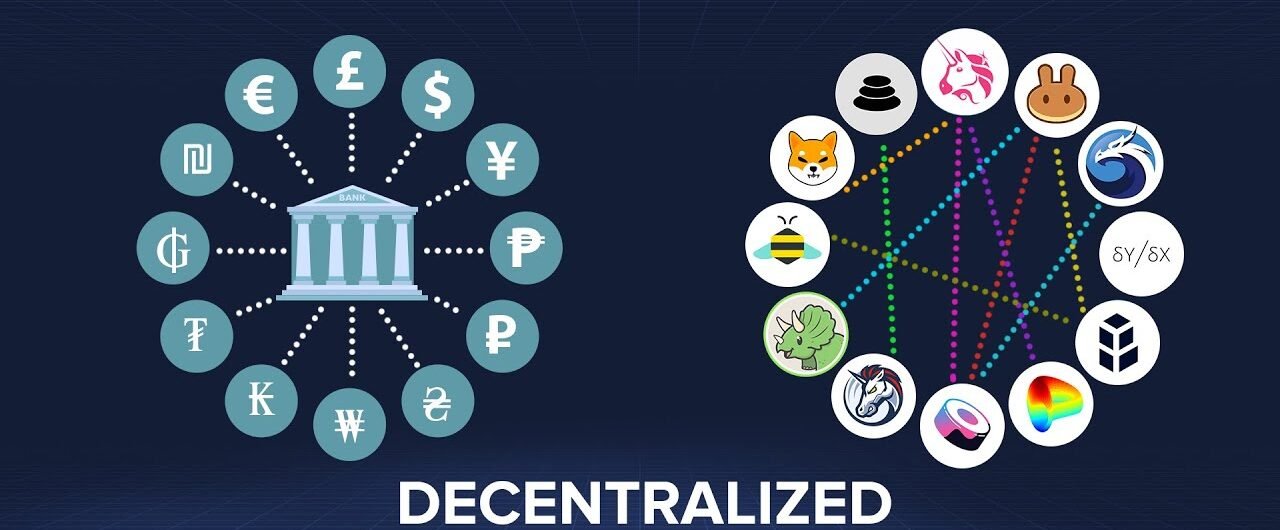If you’ve heard about Bitcoin or Ethereum, you’ve probably come across the term “decentralization.” It’s a big reason why cryptocurrencies are so exciting, but what does it actually mean? This beginner-friendly guide explains decentralization in simple terms, showing how it works in crypto and why it’s a game-changer for money, trust, and technology.
What is Decentralization?
Decentralization means spreading control across many people or systems instead of having one central authority, like a bank or government, in charge. In the context of cryptocurrency, decentralization refers to a system where no single entity controls the money, transactions, or data. Instead, everything is managed by a network of computers (called nodes) working together.
Think of it like a group project: instead of one boss making all the decisions, everyone in the group has an equal say, and the work is shared.

How Does Decentralization Work in Crypto?
Decentralization in cryptocurrency relies on a technology called blockchain. Here’s a step-by-step look at how it works:
1. The Blockchain: A Shared Digital Ledger
A blockchain is like a digital notebook that records every crypto transaction. It’s shared across thousands of computers worldwide, so everyone has the same copy. When someone sends Bitcoin, the transaction is added to the blockchain, and every computer updates its copy.
2. Nodes: The Network’s Workers
Nodes are the computers in the crypto network. They store the blockchain, verify transactions, and ensure everything runs smoothly. Because there are so many nodes (often thousands), no single computer can control the system.
3. Consensus: Agreement Without a Boss
To add a transaction to the blockchain, nodes must agree it’s valid. They use rules (called consensus mechanisms) like Proof of Work (used by Bitcoin) or Proof of Stake (used by Ethereum). This ensures no one can cheat or change the records without everyone noticing.

4. No Central Point of Failure
Since the blockchain is stored on many computers, there’s no single point that can be hacked or shut down. Even if one node goes offline, the network keeps running. This makes decentralized systems incredibly resilient.
Why is Decentralization Important in Crypto?
Decentralization is the heart of what makes cryptocurrencies special. Here’s why it matters:
1. Freedom from Central Control
With traditional money, banks or governments can freeze accounts, charge fees, or limit access. Decentralized cryptocurrencies like Bitcoin give users control over their own money. No one can block your transactions or take your funds without your private key (like a password).
2. Increased Security
Decentralized systems are harder to hack. To attack a blockchain, a hacker would need to control most of the nodes, which is nearly impossible with networks like Bitcoin’s, which has thousands of nodes. This makes crypto transactions very secure.

3. Transparency and Trust
Every transaction on a public blockchain is visible to everyone. You can check the blockchain to see where money went, building trust without needing a bank. This transparency is great for things like donations or supply chain tracking.
4. Financial Inclusion
Decentralized cryptocurrencies don’t require a bank account, just an internet connection. This lets people in underserved areas, where banks are scarce, join the global economy. All they need is a smartphone and a crypto wallet.
5. Innovation Beyond Money
Decentralization powers more than just digital cash. It enables smart contracts (self-running agreements) and decentralized apps (DApps), like games or financial tools, that don’t rely on a single company. This opens up new possibilities for technology and creativity.
Decentralization vs. Centralization: A Quick Comparison
To understand decentralization better, let’s compare it to centralized systems:
- Centralized Systems: One authority (like a bank) controls everything. It’s efficient but vulnerable to hacks, corruption, or restrictions.
- Decentralized Systems: Control is shared across many nodes. It’s more secure and open but can be slower or complex.
For example, a bank can freeze your account, but a decentralized crypto network can’t—your funds are yours as long as you have your private key.

Challenges of Decentralization
While decentralization is powerful, it’s not perfect. Here are some challenges:
- Complexity: Understanding wallets, keys, and blockchain can be tough for newbies.
- Speed: Decentralized networks can be slower than centralized ones due to the need for consensus.
- Energy Use: Some blockchains, like Bitcoin’s, use a lot of electricity for mining.
- Regulation: Governments are still figuring out how to handle decentralized systems, which creates uncertainty.
Real-World Examples of Decentralization in Crypto
Decentralization is already making an impact. Here are a few examples:
- Bitcoin: A decentralized currency that lets people send money globally without banks.
- Ethereum: Powers decentralized apps and smart contracts, like digital art platforms (NFTs).
- DeFi: Decentralized finance platforms let users lend, borrow, or trade without traditional banks.
How to Explore Decentralized Crypto
Want to dive into the world of decentralized crypto? Here’s how to start:
- Learn the Basics: Get familiar with terms like blockchain, nodes, and wallets.
- Set Up a Wallet: Use a software wallet (like MetaMask) or a hardware wallet to store crypto.
- Try a Small Transaction: Buy a little Bitcoin or Ethereum on an exchange like Coinbase and send it to your wallet.
- Explore DApps: Check out decentralized apps, like NFT marketplaces or DeFi platforms, to see decentralization in action.
Conclusion
Decentralization is what makes cryptocurrencies like Bitcoin so revolutionary. By spreading control across a network, it offers freedom, security, and new possibilities that traditional systems can’t match. While it has challenges, its potential to reshape money, technology, and trust is huge. Whether you’re curious about crypto or ready to try it, understanding decentralization is your first step into this exciting digital world.























